This theme is not present in the Bible but derives from apocryphal stories. It depicts the moment before the Descent from the Cross during which the Virgin Mary supports the lifeless body of Jesus. This scene is distinct from the Lamentation of Christ which involves other characters.
The iconography of the Virgin of Pity spread throughout Europe at the end of the Middle Ages: the first appearances of the theme were in 14th century Germany and it appeared in France and the northern regions in the 15th and 16th centuries. However, it was in Italy that the theme reached its peak with the famous Pietà by Michelangelo created in 1499 and exhibited in St. Peter's Basilica in Rome. In France, the iconography of the Virgin of Pity was to enjoy great success, particularly in Burgundy where many examples can still be found today. Unlike the Nordic and Germanic versions, where the theme focuses particularly on tragedy and pain, the Burgundian version focuses more on the theme of dignified resignation. Even the refinement of the execution, less rigid than the Germanic models, is very reminiscent of Burgundian sculpture.
The Virgin is always represented wearing the wimple, very common in France during the medieval period, which suggests that the work still dates from the 15th century.
Measurements
H cm 55
Base cm 35 x 20
++++++++++++++++++++++++++++++++++++++DELIVERY AND PAYMENT+++++++++++++++++++++++++++++++++++
SHIPPING VIA MBE with UPS - TNT - FEDEX - DHL couriers
Payment methods: Bank transfer - Online credit card (also AMEX) - PayPal (+3.7%) - NO checks ++++++++++++++++++++++++++++++++++++++++++++++++++++++++++++++++++++++++++++++++++++++++++++++


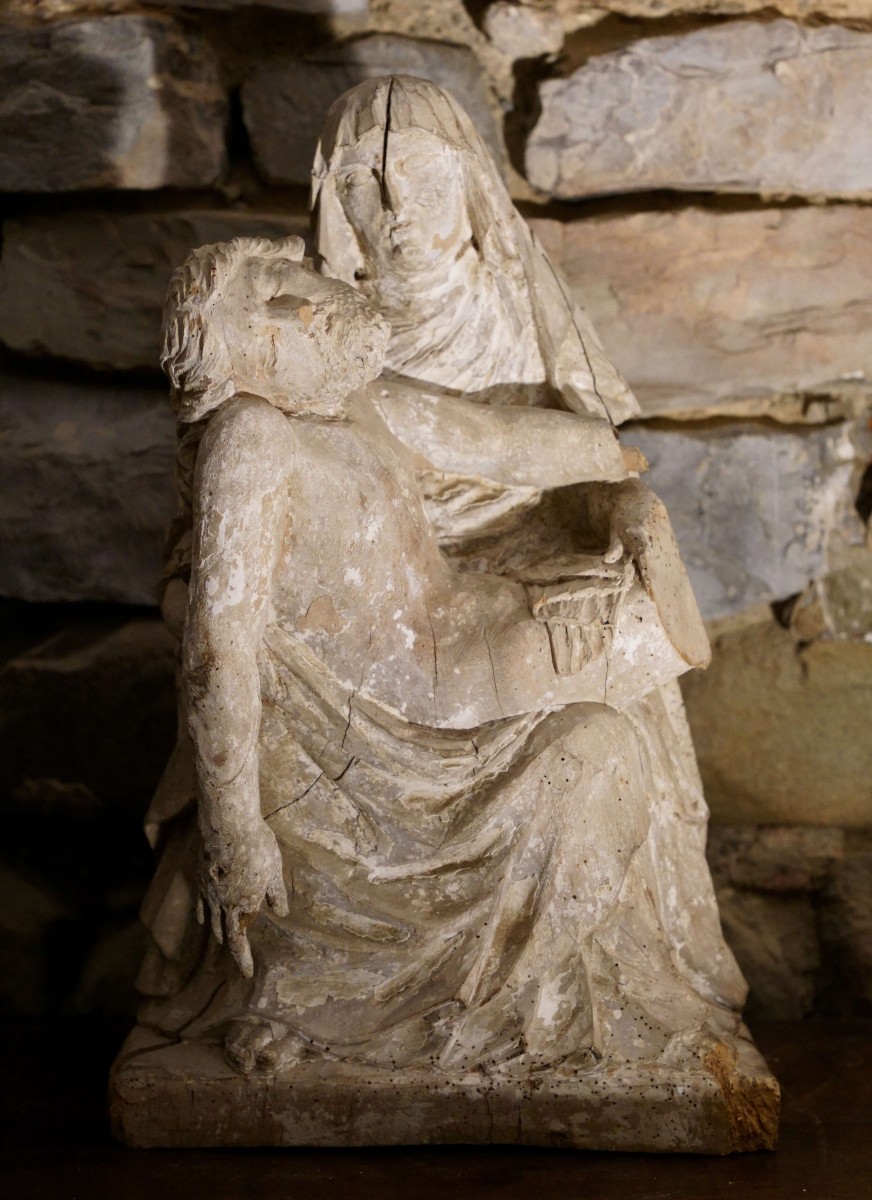
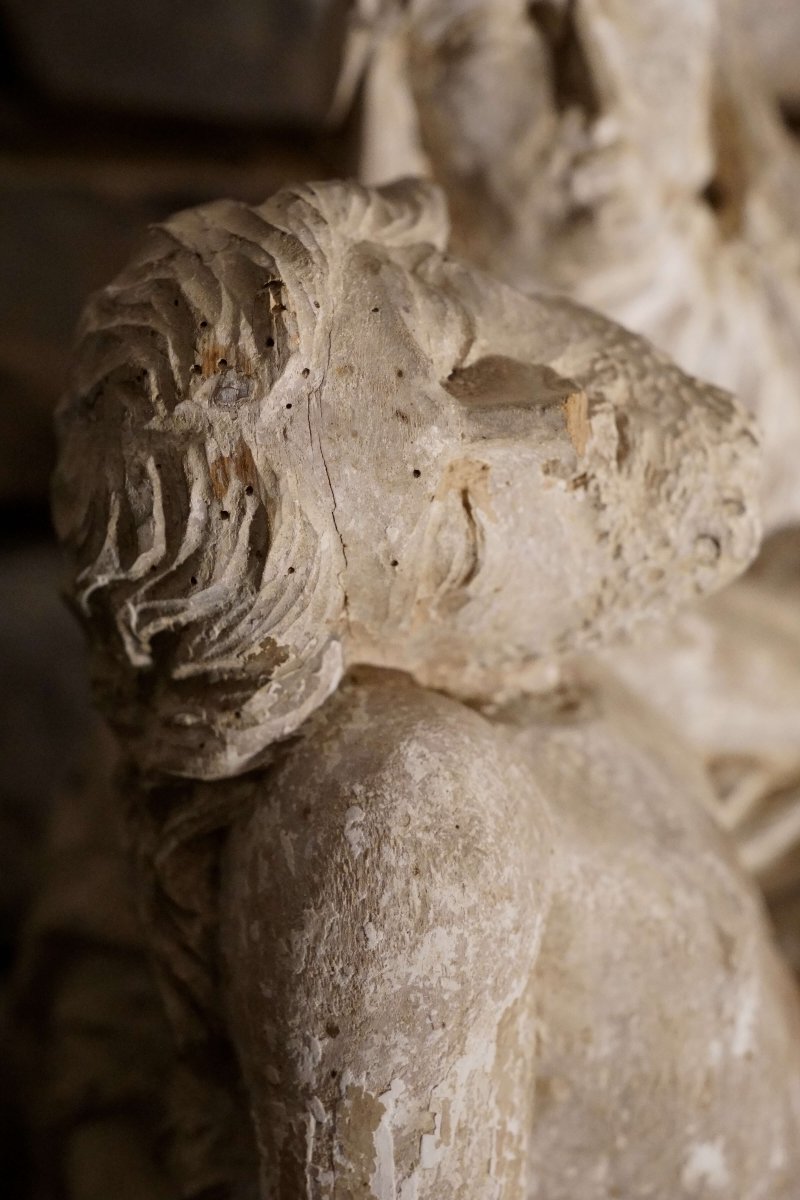

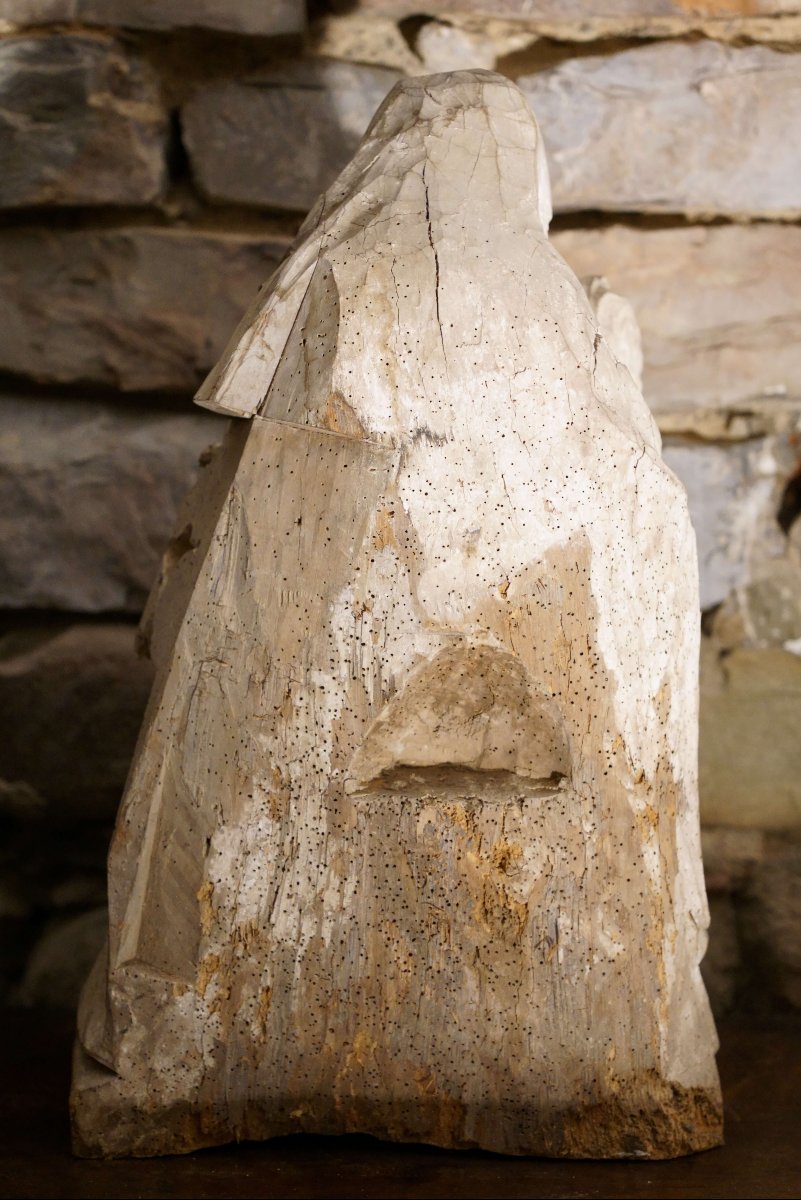
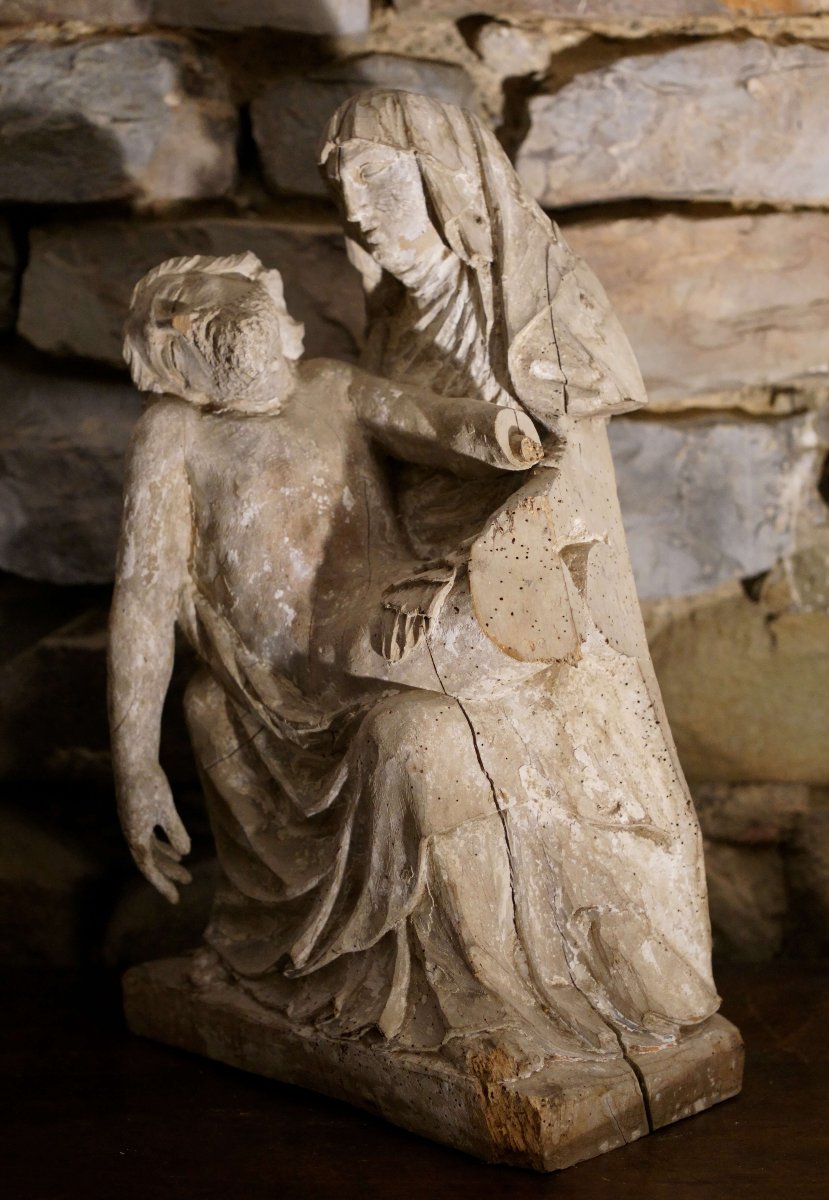

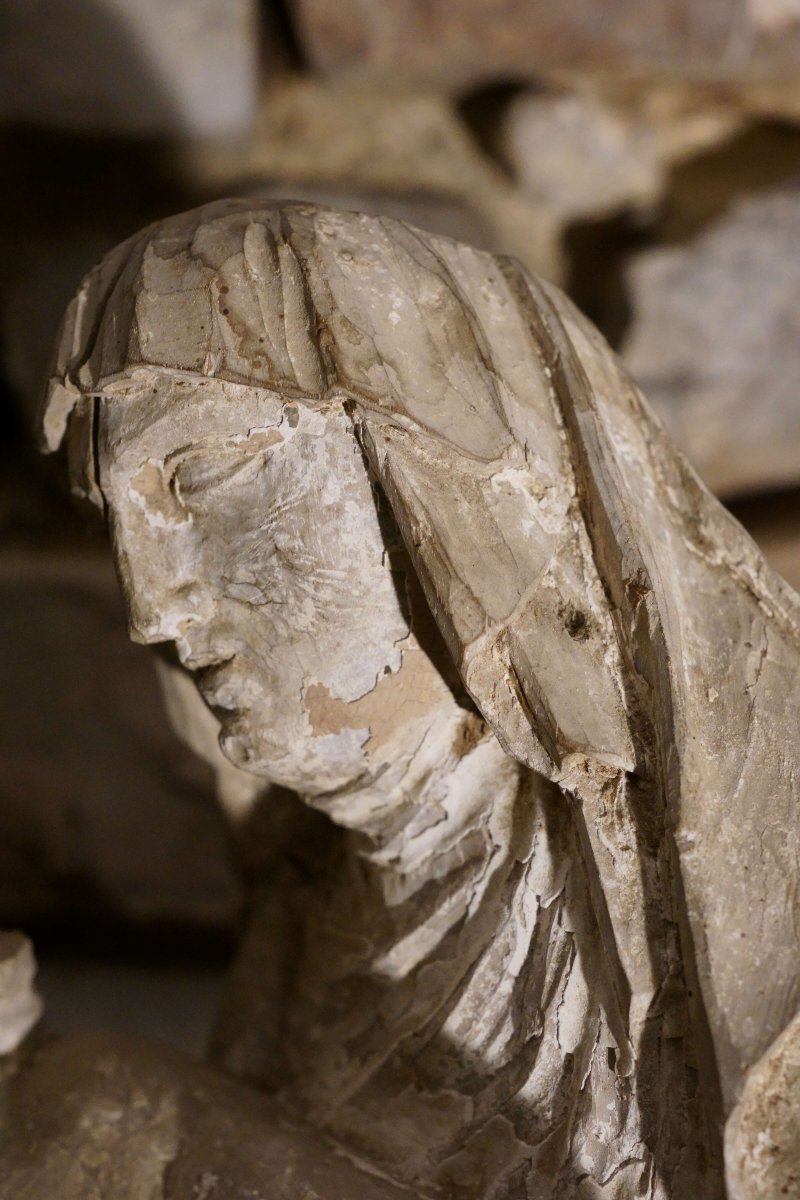













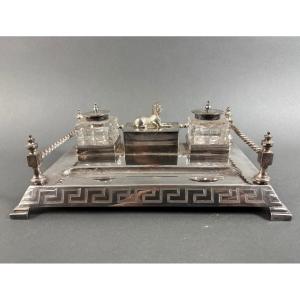


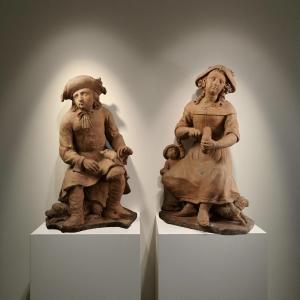



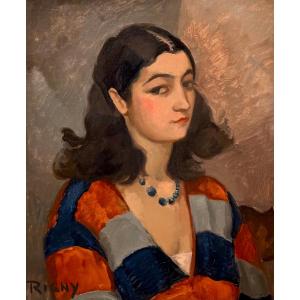

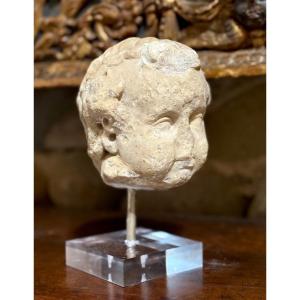
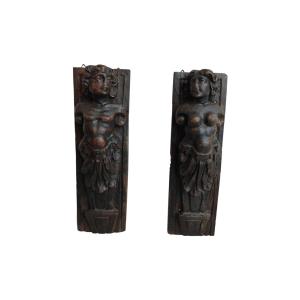
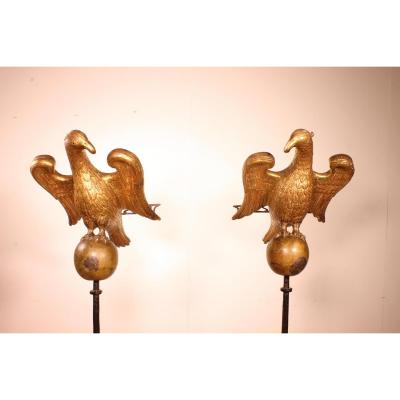






 Le Magazine de PROANTIC
Le Magazine de PROANTIC TRÉSORS Magazine
TRÉSORS Magazine Rivista Artiquariato
Rivista Artiquariato